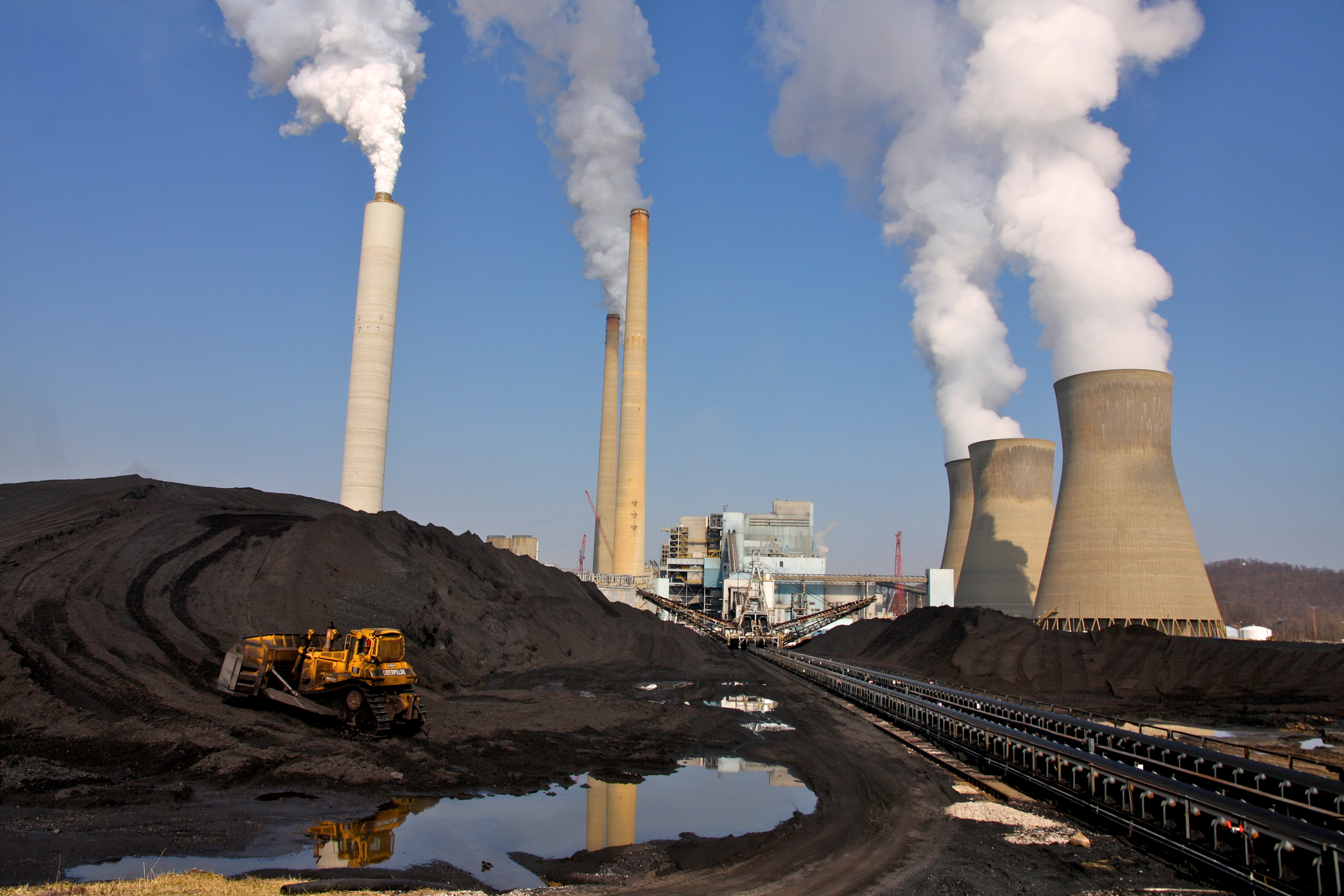Carbon capture technologies, substantial demand in select parts of the globe, and an increased efficiency of ultra-supercritical coal plants result in benefitting the valve industry.
By Robert McIlvaine, CEO – McIlvaine Company
There are a number of large coal-fired power plants being retired in Europe and the U.S. Contrary to popular belief, the valve market is thriving with these large industrial facilities and new plants are being planned in many Asian countries. In more populated areas of the world, where the sun and wind conditions are less than ideal, they are the most economical choice for new power.
Ultra-supercritical designs in these plants typically offer significantly higher efficiency than traditional subcritical designs, with efficiencies of around 45% versus 30% for traditional coal plants. This efficiency increase translates into similar reductions in carbon dioxide per megawatt.
Coal plants can become carbon negative by substituting wood chips for coal and then sequestering the CO2. The 4000 MW Drax plant in the UK is an outstanding example of the carbon negative approach, making the UK one of the few countries that meet its greenhouse gas goals. The more coal-fired power plants with ultra supercritical capabilities are built in the conversions can be made in 2050.
The valve expenditures to meet ultra supercritical conditions are considerably greater than for subcritical. Existing subcritical boilers are being converted to supercritical and ultra supercritical, which is also a benefit to the valve market. Additionally, the valve expenditure to meet the latest environmental regulations is substantial. For example, valves for a large limestone FGD system cost as much as USD$15 million. The abrasive and corrosive nature of FGD slurry results in relatively frequent valve replacement.
Valve companies can pursue large purchasers independently due to the size. Individual power plant companies operate as much as 100,000 MW of coal-fired capacity. Third-party operating companies may purchase valves for as many as 50 different sites.

The Indian market provides examples of the robust size of the valve market and the opportunities for individual plants. Further, the market for valves in India is growing robustly.
There are more than 200,000 MW of installed coal-fired boilers in India. Recent additions include ultra supercritical plants with a high valve expenditure per plant. The market for new coal plants is averaging 10,000 MW per year and is somewhat smaller than the retrofit market.

The valve market for coal-fired power plants will keep on expanding as new plants are built over the next 20 years. In the meantime, many will be switching over Bioenergy Carbon Capture and Sequestration (BECCS) and will be carbon negative.
If by 2050, half of the remaining coal-fired power plants are still burning coal and the other half have switched to BECCS, the net carbon emissions from coal may be as low as solar and wind. In the period of 2050 to 2070, any remaining coal-fired power plants will switch to BECCS making this the main carbon negative initiative.


